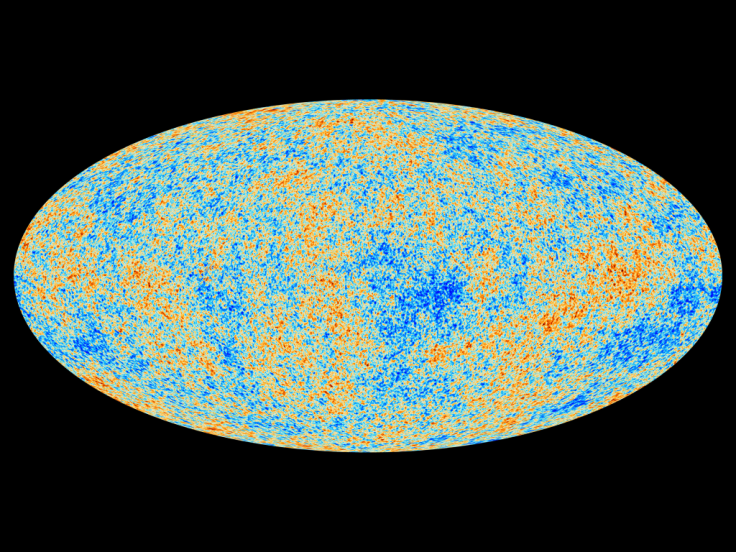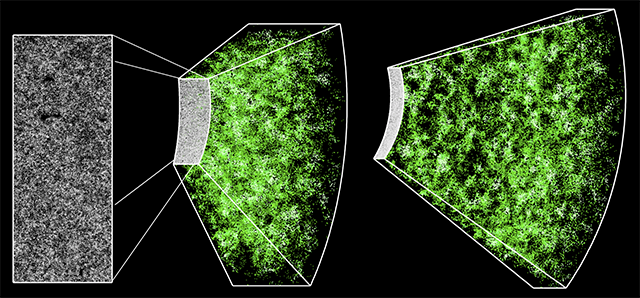Largest-Ever 3D Map Of Distant Galaxies Helps Measure Effects Of Dark Energy

Scientists know that the universe’s expansion is driven by a phenomenon called “dark energy.” However, they are still baffled by the nature of this theoretical form of energy, which is believed to occupy most of the universe.
In an effort to shed more light on the accelerated expansion of the universe, a team of scientists from the Sloan Digital Sky Survey III (SDSS-III) has constructed a three-dimensional map of more than a million distant galaxies. Scientists have also used the map, which is claimed to be the largest of its kind, to study the properties of dark energy.
“We have spent a decade collecting measurements of 1.2 million galaxies over one quarter of the sky to map out the structure of the Universe over a volume of 650 cubic billion light years,” Jeremy Tinker of New York University, co-leader of the scientific team that led the study, said in a statement, adding that the map facilitates the best measurements yet of the effects of dark energy in the expansion of the universe.
The visible universe, including Earth, the sun, other stars and galaxies, is made of protons, neutrons and electrons bundled together into atoms. According to scientists, this normal matter makes up 4.9 percent of the mass of the universe, while the rest of the universe is made up of a mysterious substance called dark matter (26.8 percent) and a force that can fend off gravity, known as dark energy (68.3 percent).

Scientists said the newly-developed 3D map allows astronomers to determine the amount of matter and dark energy that make up the present-day universe, which is currently 13.8 billion years old. Measuring the distribution of galaxies since that time allows astronomers to gauge how dark matter and dark energy have affected the rate of expansion of the universe. A collection of papers describing these results has been submitted to the Monthly Notices of the Royal Astronomical Society for publication.
“If dark energy has been driving the expansion of the Universe over that time, our maps tell us that it is evolving very slowly if at all: the change is at most 20% over the past seven billion years,” Florian Beutler of University of Portsmouth, who led two of the papers, said in a statement.
© Copyright IBTimes 2024. All rights reserved.





















